For the group
assignment activity i did the renders for the original version
that was intended to be fabricate of corrugated board.
and the link to the group assignment is: FabLabCDMX.
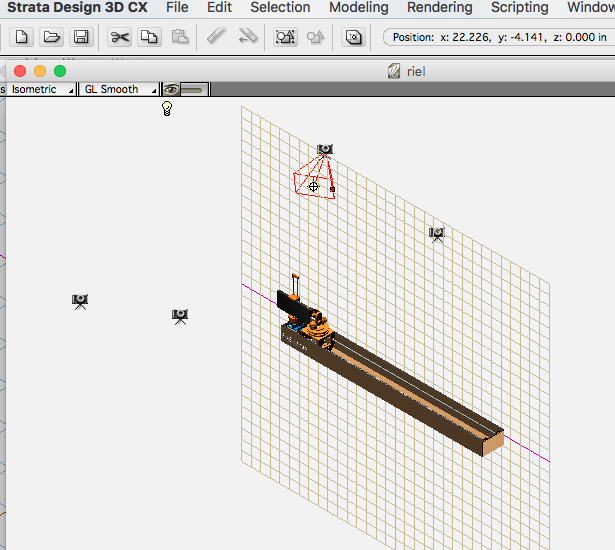
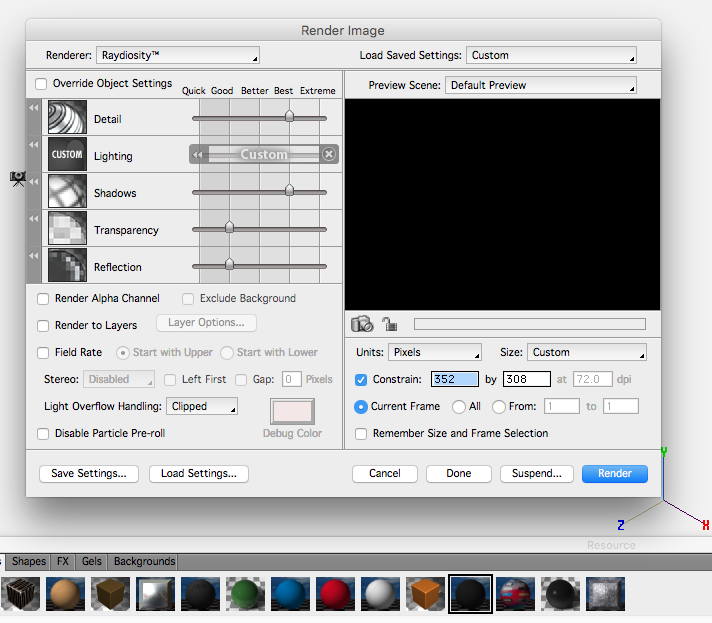
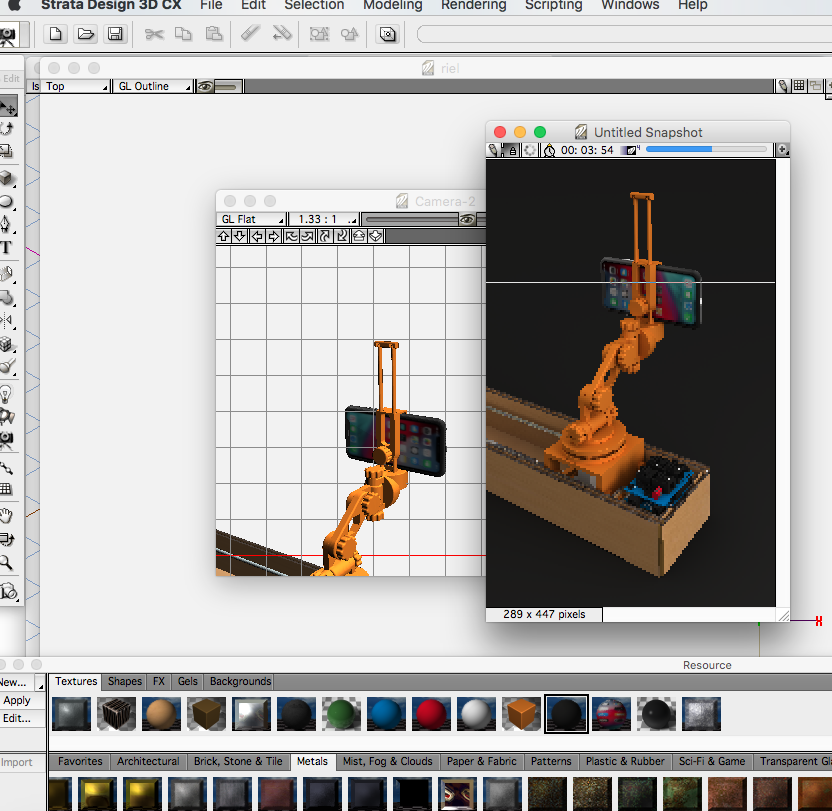
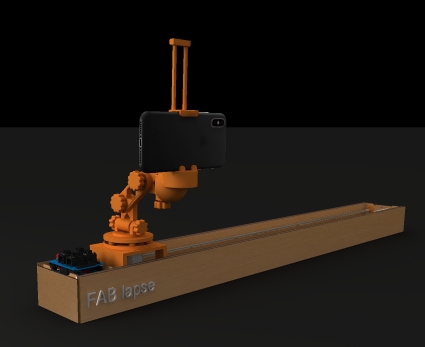
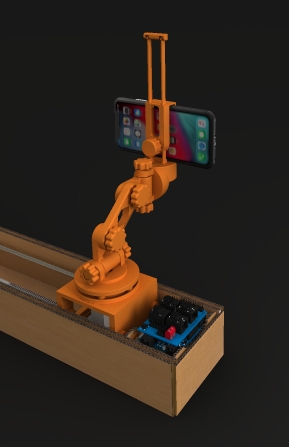
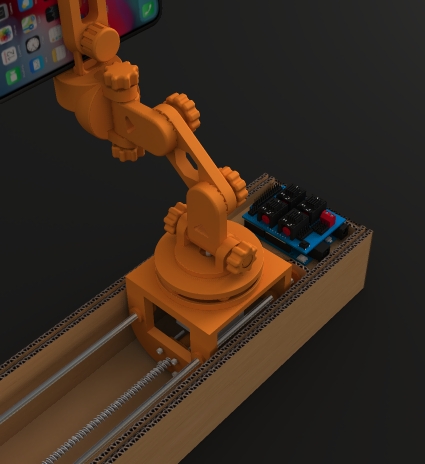
In lockdown
We where in lockdown when we first started to work on this assignment, we agreed between Querétaro and Mexico City to divide the activities of the project; programming and design in which I was involved with the rendering of the original design and later in the design, with Luis Hernández of the rotating base of the cell phone, because we thought that we could make it less complex , we talked about the adjustments that we thought were convenient to make to the movement and clamping system, thinking that we could use a bearing or only the pellets as a turning system and from there I began to make the preliminary sketches of the components and then start modeling them. I was working on that when Querétaro gave access to the Campus only to University employees, therefore, Querétaro had restricted access to the facilities and that was when I sent Luis the file so he could print it in 3D because there, in Querétaro, they started to assembly the machine.

Here I start to
explore some design options of the rotating system, we thought
that we could only use the pellets, maybe a 1/2" pellets so the
base could turn more efficiently, and with this solution we could
have a wider base without using a big bearing system.



In this series of
images I model the components of the rotating base of the
cellphone, we can see the basic parts of the design; the slot
where the bearings are going to fit, the center piece where we are
going to fix the servo motor and in the upper cap with a central
hole where we are going to attach the cellphone clamp with a
screw.

....Basically we
change the design of some components, like the external box, from
cardboard to acrylic and also the design of the smartphone
support. this support is fix to the servo and over some marbles
that act like a bearing si this support can rotate and be stable,
but there´s the problem, when it rotates it is not stable,
something with the balanced between the marbles and the inferior
part of the support.

My job was to figure
it out how to improve this, so I disarmed the support and took the
bottom that goes over the marbles

Here I can see that the
space design for the marble is wider than the marbles and this could
make the unbalance when the support starts to rotate.
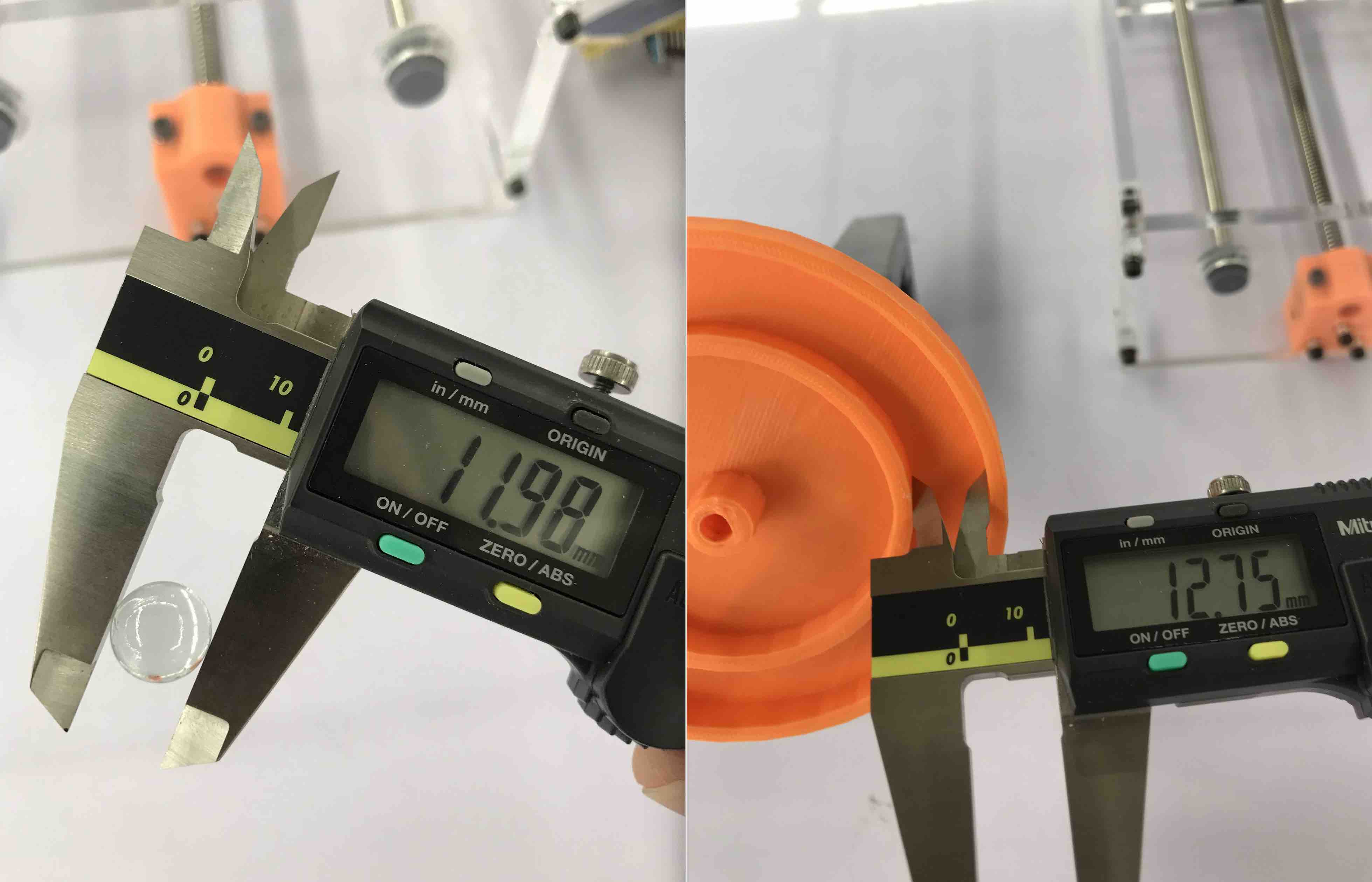
So I think that maybe,
if I put something like an o´ring in the internal or outter diameter
of the groove, the displacement of the support when rotate
over the marbles could be fix, so I measure with a caliper the
diameter of the marble and the dimension of the groove.
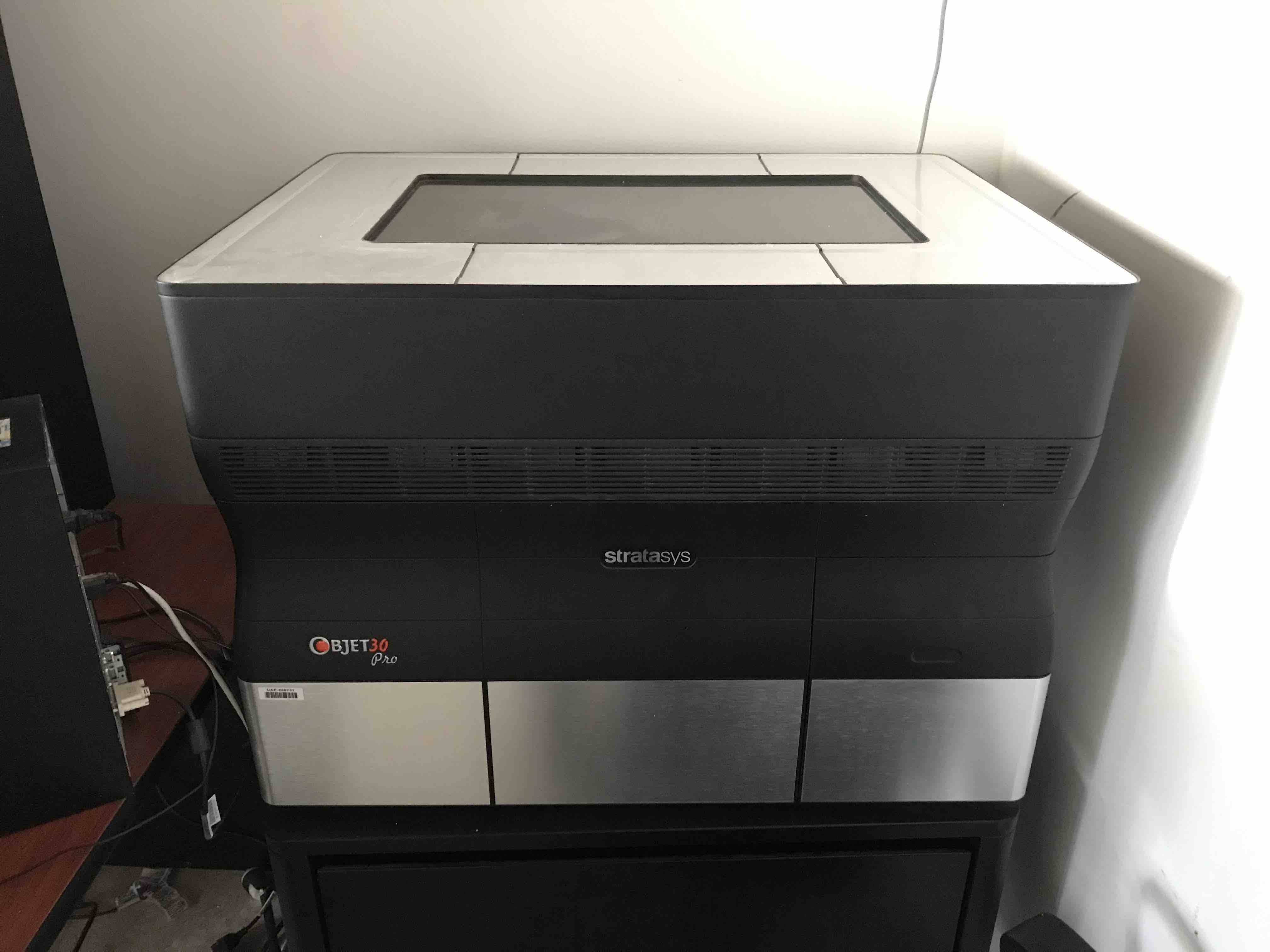
I print the o´ring in
VeroClear, using this Stratasys Objet30 Pro beacause of it thickness
of 0.77mm .

It looks kind of
thicker than expected but the final part is in the midle of this
ring, if you look carefully you can see it between the outer layers.

to remove the excess of
material I dipped the ring in water all night.

Then I put the o´ring
in place and the marble fits better.

And assemble everything
again. This fix the rotation problem as you can see in the "Header"
video at the beginning of the page and in the video below
video of the machine
functioning watching it from another smartphone with the horizon just
below the marbles and the balance looks fine.